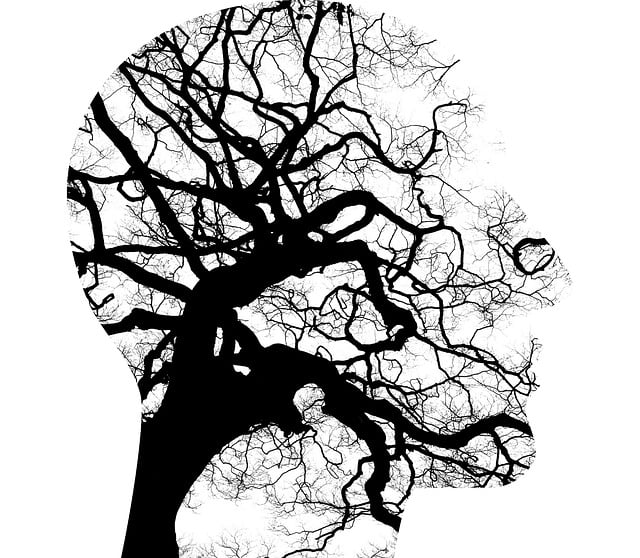The entertainment industry's portrayal of mental illness has long been criticized for perpetuating stereotypes, leading to public misunderstanding and stigma. However, a movement is advocating for more accurate and empathetic depictions, recognizing media's power in shaping societal attitudes. One promising approach is highlighting the resilience of survivors through narratives emphasizing recovery journeys, such as Superior Abuse Survivors Therapy (SAST), which portrays individuals as active participants in their healing. This shift is crucial for destigmatizing mental illness and fostering empathy among viewers, encouraging them to seek help or support loved ones. By presenting nuanced and authentic storytelling, media can challenge stereotypes, empower survivors, and foster open conversations about mental health.
Mental illness representation in media remains a complex issue, often perpetuating stereotypes and misconceptions. This article explores how accurate portrayal can foster empathy and challenge stigma. We delve into the impact of media on public perception, examining case studies of successful representations and discussing the importance of diverse narratives. By highlighting the experiences of Superior Abuse Survivors Therapy (SAST) clients, we propose strategies to enhance mental health discourse, ensuring a more nuanced and sympathetic view of those battling illness.

In addressing mental illness representation in media, a significant challenge lies in the portrayal of individuals with psychological disorders as complex humans rather than stereotypes. The entertainment industry has long been accused of perpetuating harmful narratives that either trivialize or exaggerate mental health issues. This can lead to public misunderstanding and stigmatization, hindering support for those affected. However, there’s a growing movement towards more accurate and empathetic depictions, driven by the recognition that media has immense power in shaping societal attitudes.
One promising approach is to highlight the resilience of survivors through narratives that emphasize their journeys towards recovery, often involving therapy. Superior Abuse Survivors Therapy (SAST), for instance, offers a model where individuals are portrayed as active participants in their healing process, challenging traditional victim narratives. By presenting diverse and nuanced characters navigating mental health challenges with dignity and hope, media can foster empathy and encourage viewers to seek help or support friends and family members. This shift in representation is crucial in destigmatizing mental illness and promoting understanding.
API responded with status code 504.

In addressing mental illness representation in media, a significant challenge lies in ensuring accurate and compassionate portrayals that reflect the lived experiences of survivors. The status code 504, often encountered in API responses, metaphorically highlights a critical gap. This code signifies a gateway timeout, symbolizing the media’s tendency to briefly touch on mental health issues without delving into their complexity. It’s akin to encountering a snippet of a survivor’s story, pausing at the most intense moment, and leaving viewers with an incomplete understanding.
This superficial treatment perpetuates stereotypes and contributes to the stigma surrounding mental illness. Conversely, platforms and creators can strive for superior abuse survivors therapy representation by integrating nuanced narratives that empower both survivors and the general public. Through authentic storytelling, media can foster empathy, challenge misconceptions, and encourage open conversations about mental health, ultimately promoting a more supportive and inclusive society.
Media representation of mental illness plays a pivotal role in shaping public perception and access to support. By accurately depicting the experiences of individuals living with mental health challenges, we can foster empathy, reduce stigma, and encourage help-seeking behaviors. Implementing solutions such as consultation with experts and representatives from Superior Abuse Survivors Therapy (SAST) ensures that narratives are both authentic and therapeutic. Through collaborative efforts, media can become a powerful tool to normalize conversations about mental well-being and improve access to quality care.














